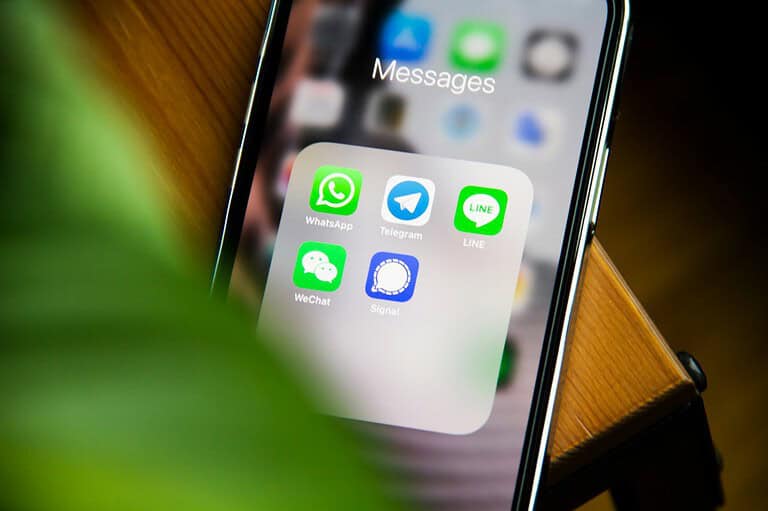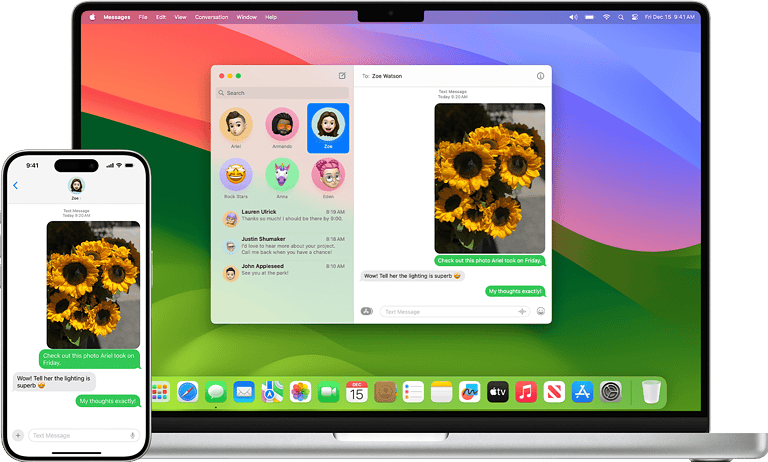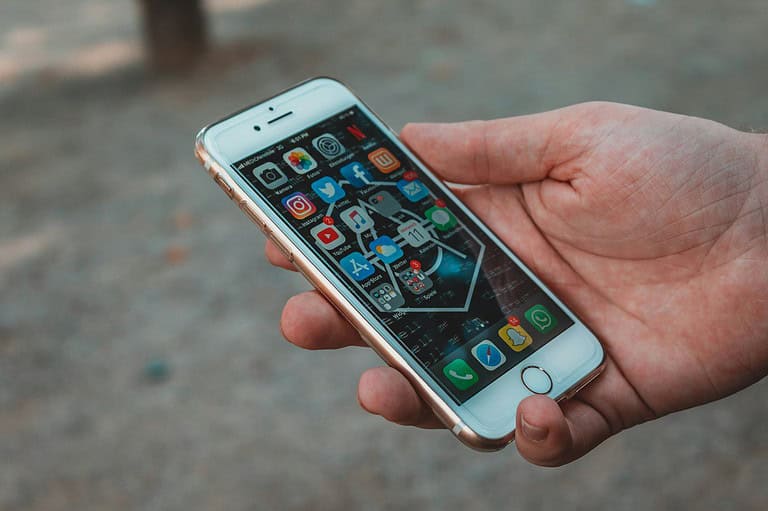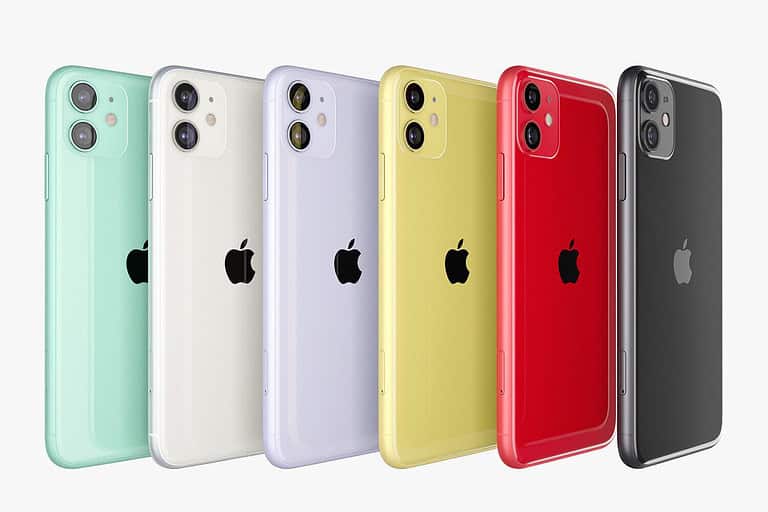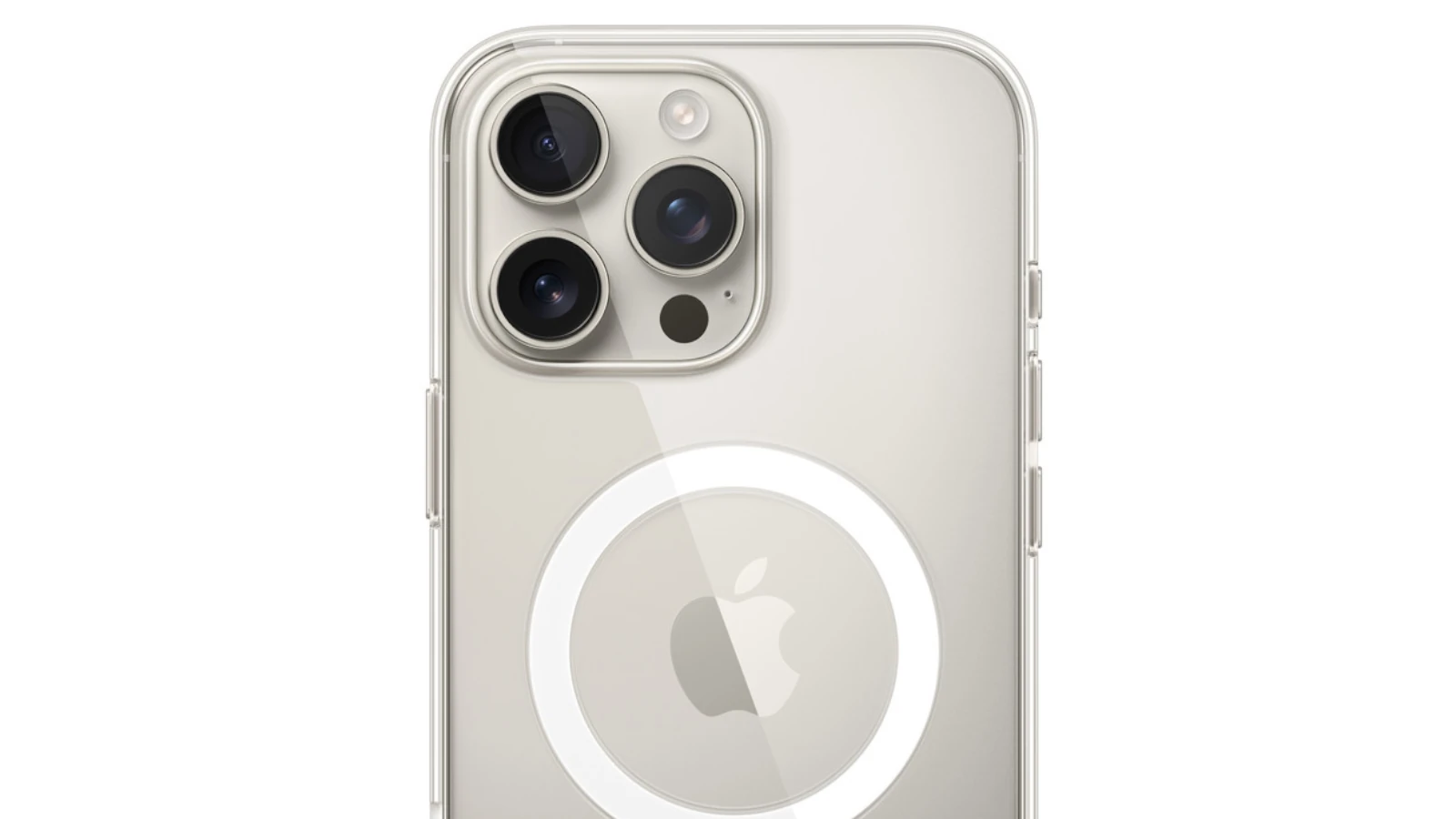
iPhone cameras have evolved significantly since the first model debuted in 2007. Each new generation brings improvements in resolution, low-light performance, and advanced features. The latest iPhone 15 Pro Max boasts a 48 MP main camera, along with ultra-wide and telephoto lenses, offering photographers powerful tools for capturing high-quality images and videos.
Apple’s continuous innovation in smartphone photography has made iPhones a popular choice for both casual and serious photographers. The progression from single-lens systems to today’s multi-camera arrays has expanded creative possibilities. These advancements include better sensors, improved image processing, and features like Night mode and ProRAW capture.
Choosing the right iPhone model for photography depends on individual needs and preferences. While newer models generally offer superior camera capabilities, older generations still produce excellent results for many users. Factors to consider include budget, specific photographic requirements, and desired features beyond just the camera system.
iPhone Camera Shootout: Which Generation Takes the Crown?
The iPhone camera has come a long way since its humble beginnings. Each new generation boasts improvements in lens technology, image processing, and video capabilities. But which iPhone has the best camera? Let’s compare the camera features across different iPhone generations to help you find the perfect device for your photography needs.
iPhone 14 Series (2023)
The iPhone 14 series introduced significant camera upgrades, particularly in low-light performance. The Pro models featured a new 48MP main sensor and an improved “Photonic Engine” for image processing.
- Key Features: 48MP main sensor (Pro models), Photonic Engine, Action mode for stable video, Cinematic mode in 4K at 30 fps.
- Strengths: Excellent low-light performance, improved detail, high-quality video recording.
iPhone 15 Series (2024)
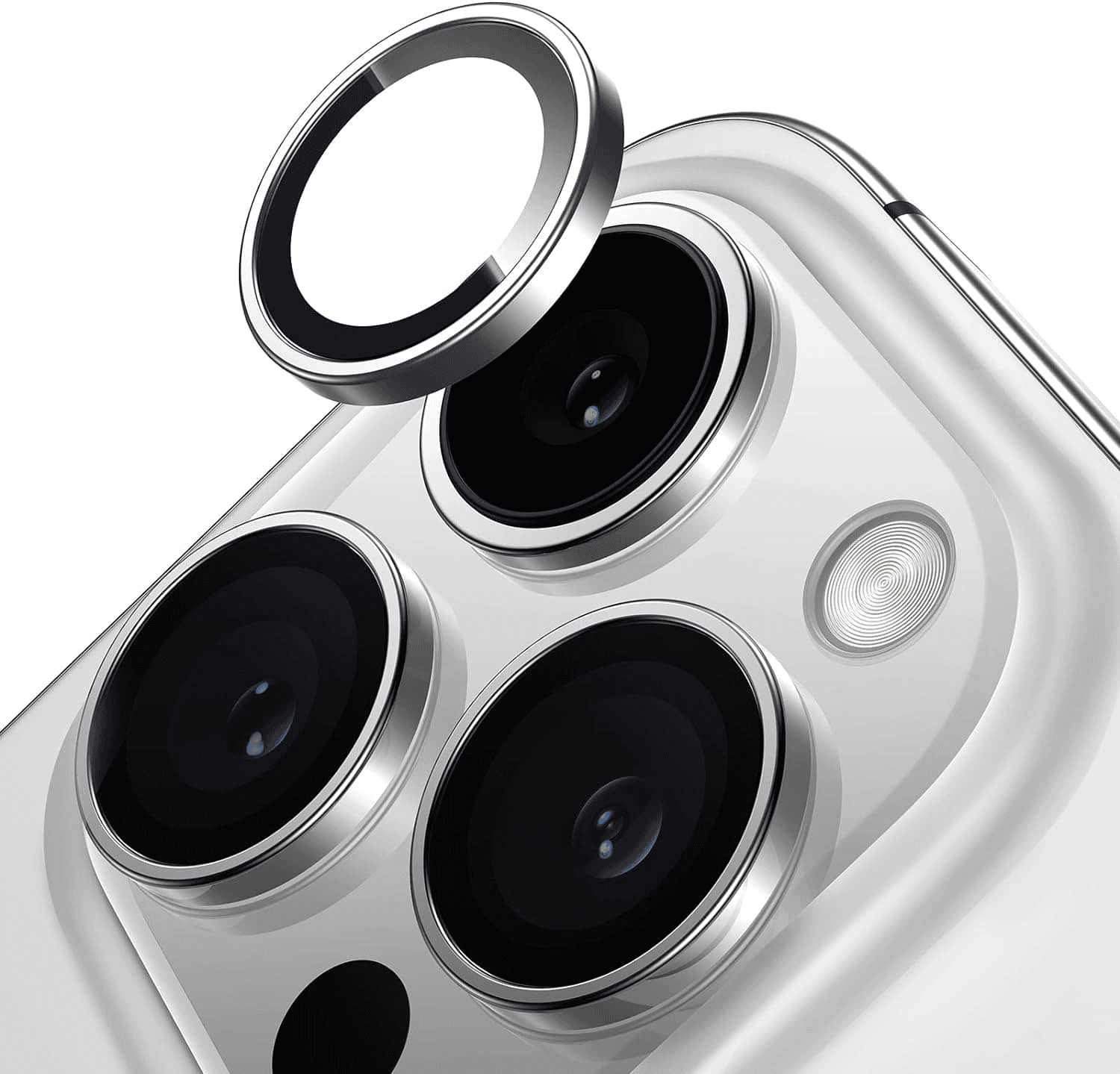
The iPhone 15 series builds upon the advancements of the iPhone 14. The Pro models feature a periscope telephoto lens for enhanced zoom capabilities.
- Key Features: Periscope telephoto lens (Pro models), improved image stabilization, enhanced Portrait mode.
- Strengths: Impressive zoom range, sharper images, more natural-looking portraits.
iPhone 16 Series (2024)
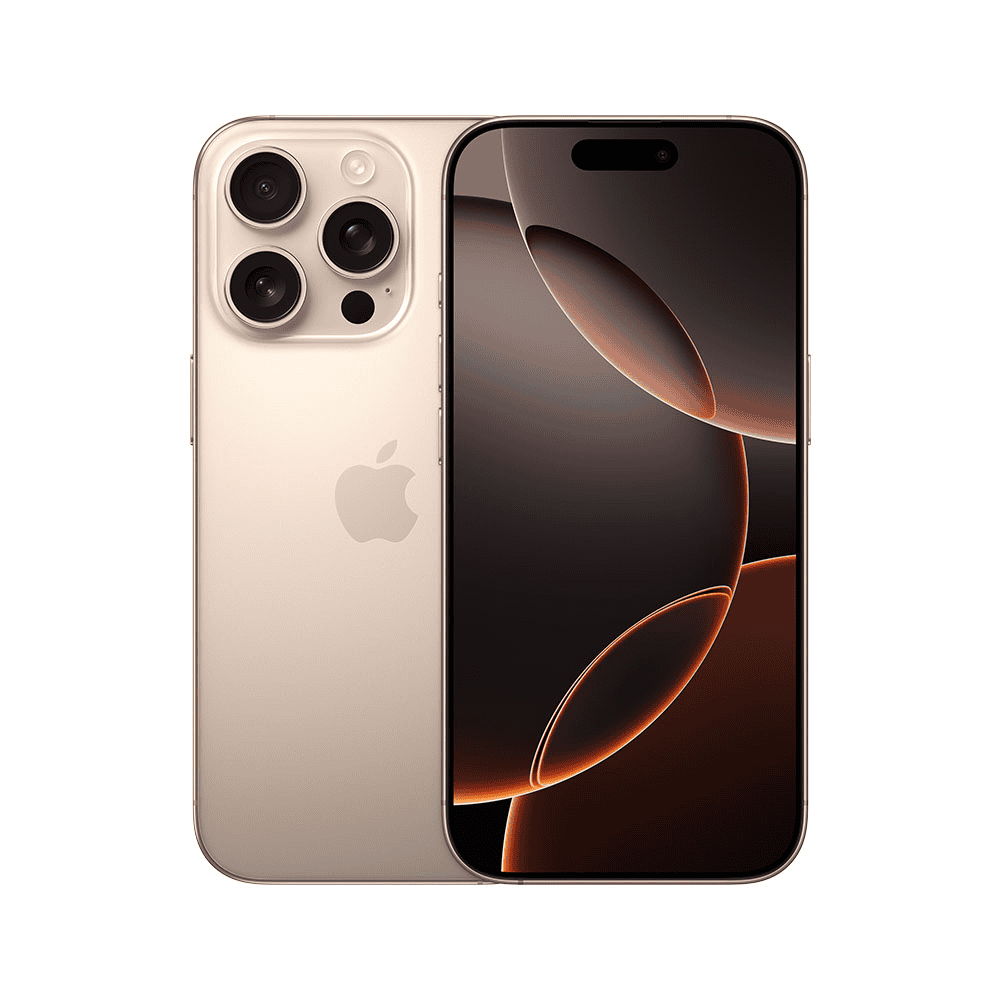
The iPhone 16 series continues the trend of camera innovation. All models now feature a 48MP main sensor, and the Pro models introduce a new “Super Resolution” mode for capturing incredibly detailed images.
- Key Features: 48MP main sensor on all models, Super Resolution mode (Pro models), enhanced low-light video recording.
- Strengths: High-resolution images across the lineup, exceptional detail with Super Resolution, improved video quality in low light.
Older iPhone Generations
While older iPhones may not have the latest camera technology, they can still capture great photos and videos. Here’s a quick overview:
- iPhone 13 series: Introduced Cinematic mode for video with a shallow depth of field.
- iPhone 12 series: Improved low-light performance with Night mode on all cameras.
- iPhone 11 series: Introduced Night mode and an ultra-wide camera.
Choosing the Right iPhone Camera
The best iPhone camera for you depends on your needs and budget. If you prioritize low-light performance and zoom capabilities, the iPhone 15 Pro or 16 Pro models are excellent choices. If you’re looking for a great all-around camera at a more affordable price, the iPhone 16 or 16 Plus offer impressive features.
| iPhone Series | Key Camera Features |
|---|---|
| iPhone 16 series | 48MP main sensor (all models), Super Resolution mode (Pro models), enhanced low-light video |
| iPhone 15 series | Periscope telephoto lens (Pro models), improved image stabilization |
| iPhone 14 series | 48MP main sensor (Pro models), Photonic Engine, Action mode |
| iPhone 13 series | Cinematic mode for video |
| iPhone 12 series | Night mode on all cameras |
| iPhone 11 series | Night mode, ultra-wide camera |
Key Takeaways
- iPhone cameras have steadily improved with each new generation, offering better resolution and features
- The latest models incorporate multiple lenses and advanced software for enhanced photography capabilities
- Camera performance varies between iPhone models, so users should consider their specific needs when choosing a device
Evolution of iPhone Cameras
Apple has consistently improved iPhone camera technology with each new generation. These advancements have transformed mobile photography, enabling users to capture high-quality images and videos.
From iPhone 6 to iPhone 8
The iPhone 6 introduced a 12-megapixel rear camera with phase detection autofocus. This allowed for faster focusing and improved low-light performance. The iPhone 7 Plus added a dual-camera system, featuring a wide-angle and telephoto lens. This setup enabled 2x optical zoom and Portrait Mode.
The iPhone 8 brought further enhancements. It featured a larger and faster sensor, along with optical image stabilization. The A11 Bionic chip improved image processing, resulting in better color accuracy and reduced noise in photos.
The iPhone X Series
The iPhone X marked a significant leap in camera technology. It featured a dual 12-megapixel rear camera system with wider apertures. This improved low-light performance and depth perception. The True Depth front camera enabled Portrait Mode selfies and Face ID.
The iPhone XS refined these features with Smart HDR. This technology combined multiple exposures for better highlight and shadow detail. The XS also introduced adjustable depth of field in Portrait Mode photos after they were taken.
Advancements in iPhone 11 and iPhone 12
The iPhone 11 Pro introduced a triple-camera system. This included ultra-wide, wide, and telephoto lenses. Night Mode significantly improved low-light photography without using flash. The A13 Bionic chip enhanced computational photography capabilities.
iPhone 12 Pro brought LiDAR technology to its camera system. This improved autofocus in low light and enabled Night Mode portraits. The ProRAW format gave photographers more control over image processing. 5G connectivity allowed for faster photo and video sharing.
The iPhone 13 and iPhone 14 Pro Max Era
iPhone 13 Pro featured larger sensors and wider apertures. This resulted in better low-light performance and macro photography. Cinematic Mode brought shallow depth of field to video recording.
The iPhone 14 Pro Max introduced a 48-megapixel main camera. This allowed for more detailed photos and a 2x telephoto option. The Photonic Engine improved image processing, especially in challenging lighting conditions. Action Mode provided smoother video stabilization for moving subjects.
Anticipating the iPhone 16 Series
Predictions for the iPhone 16 series include further improvements in computational photography. Experts expect enhanced AI-powered features for image recognition and editing. Rumors suggest advancements in zoom capabilities and low-light performance.
The iPhone 16 Pro models may feature periscope telephoto lenses for extended optical zoom. This could rival the zoom capabilities of some standalone cameras. Improvements to video recording, including 8K resolution, are also anticipated.
Technological Advancements in iPhone Cameras
iPhone cameras have seen major upgrades over the years. These changes have improved photo quality and added new features for users.
Introduction of Dual-Lens Systems
Dual-lens systems marked a big step for iPhone cameras. The iPhone 7 Plus was the first to have two rear cameras. One lens was wide-angle, the other telephoto. This setup let users zoom in without losing image quality.
Later models built on this idea. The iPhone XS Max added a 12-megapixel wide and telephoto lens pair. These worked together to create better low-light photos and more detailed images.
The dual-lens system also enabled Portrait Mode. This feature blurs the background, making subjects stand out. It mimics the look of photos taken with high-end cameras.
HDR and Deep Fusion Technology
High Dynamic Range (HDR) has been part of iPhones since the 4s. It combines multiple exposures to capture more detail in bright and dark areas.
Apple improved on this with Smart HDR in the iPhone XS and XR. This version uses machine learning to blend the best parts of multiple photos.
Deep Fusion came next in the iPhone 11. It takes nine photos before you press the shutter. Then it picks the best pixels from each to create one detailed image.
This tech works best in medium to low light. It brings out texture and reduces noise in photos.
Optical vs Digital Zoom Capabilities
Optical zoom uses the phone’s lenses to get closer to a subject. Digital zoom crops and enlarges part of the image. Optical zoom gives better results.
The iPhone 7 Plus introduced 2x optical zoom. Later models pushed this further. The iPhone 12 Pro Max offered 2.5x optical zoom.
Digital zoom has also improved. The iPhone 8 Plus could do 10x digital zoom. Newer models use AI to enhance digitally zoomed photos.
Some recent iPhones combine optical and digital zoom. This gives users more flexibility when taking photos from far away.
The Role of AI in Camera Function
AI plays a big role in modern iPhone cameras. It helps with many tasks behind the scenes.
Face ID uses AI to recognize faces. This same tech helps the camera focus on faces in photos. It also powers features like Portrait Lighting.
AI assists with scene detection. The camera can tell if you’re shooting food, pets, or landscapes. It then adjusts settings for the best shot.
Night mode is another AI-powered feature. It automatically turns on in low light. The AI then combines multiple exposures to create a bright, clear image.
Comparing Camera Specifications
iPhone cameras have evolved significantly across generations, with improvements in sensor technology, video capabilities, and specialized features. These advancements have led to better image quality and more versatile photography options.
Sensor and Pixel Technology
The iPhone 15 Pro and Pro Max feature a 48 MP main camera, a notable upgrade from earlier models. This higher resolution allows for more detailed images and improved low-light performance. The iPhone 11 Pro introduced the triple-camera system, with 12 MP sensors for wide, ultra-wide, and telephoto lenses.
Pixel binning technology combines multiple pixels into one, enhancing light sensitivity. This technique is used in newer models to balance resolution and low-light performance.
Apple has also improved the sensor size over time. Larger sensors capture more light, resulting in better image quality, especially in challenging lighting conditions.
Video Recording Capabilities
Video capabilities have seen major improvements across iPhone generations. The iPhone 15 Pro series supports 4K video recording at 60 fps on all cameras, including the front-facing camera.
ProRes video recording, introduced in the iPhone 13 Pro, allows for higher quality footage with more editing flexibility. This feature is particularly useful for professional videographers.
Newer models also offer enhanced stabilization techniques, such as sensor-shift optical image stabilization, for smoother video footage.
| iPhone Model | Max Video Resolution | Max Frame Rate |
|---|---|---|
| iPhone 11 Pro | 4K | 60 fps |
| iPhone 15 Pro | 4K | 60 fps (all cameras) |
Portrait Mode and Lighting Effects
Portrait mode, first introduced in the iPhone 7 Plus, has become more sophisticated with each generation. The iPhone XS improved edge detection for more accurate background blur.
The iPhone 11 series brought Night mode portraits, allowing for better low-light portrait shots. Subsequent models have refined this feature, with the iPhone 15 Pro offering improved subject separation and bokeh effects.
Portrait Lighting effects have expanded from the original five options to include more natural-looking simulations. These effects can be adjusted in intensity, giving users more creative control over their portrait shots.
Front vs Rear Camera Improvements
Front-facing cameras have seen significant upgrades. The iPhone 11 introduced a 12 MP TrueDepth camera, a jump from the 7 MP sensor in earlier models. This improvement allowed for better selfies and more accurate Face ID.
Rear cameras have consistently outpaced front cameras in terms of capabilities. The iPhone 15 Pro Max, for example, features a periscope telephoto lens, offering 5x optical zoom.
Both front and rear cameras now support features like Night mode and Deep Fusion, technologies that improve image quality in various lighting conditions.
Recent models have reduced the notch size, allowing for a larger display area without sacrificing front camera quality or Face ID functionality.
Choosing the Best iPhone for Photography
Selecting the right iPhone for photography involves considering camera features, budget constraints, and personal needs. The latest models offer significant improvements in image quality and versatility.
Assessing Needs and Budget
Photography goals and financial limits guide iPhone selection. Casual shooters may find older models like the iPhone 11 sufficient. Its 12MP dual-camera system captures quality images in most situations. Enthusiasts seeking advanced features should look at newer Pro models.
Budget-conscious buyers can explore the iPhone XR or XS. These offer solid camera performance at lower prices. The XR has a single 12MP wide camera, while the XS adds a telephoto lens for more versatility.
For those prioritizing camera capabilities, allocating more funds towards a recent Pro model is wise. These phones typically have the most cutting-edge camera tech.
Comparison of Latest Models
The iPhone 15 Pro and Pro Max lead in camera tech. Both sport a 48MP main sensor, delivering high-resolution shots and improved low-light performance. The Pro Max adds a 5x optical zoom telephoto lens, ideal for distant subjects.
Key features of the 15 Pro series:
- 48MP main camera
- 12MP ultra-wide lens
- Improved macro photography
- 4K video at 60fps
The standard iPhone 15 offers a 48MP main camera and 12MP ultra-wide lens. It lacks the Pro’s telephoto lens but still captures excellent photos for most users.
Older models like the iPhone 14 series remain capable shooters. They offer 12MP main and ultra-wide cameras, with Pro versions including a telephoto lens.
Understanding the Camera Ecosystem
iPhone photography extends beyond hardware. The iOS ecosystem integrates camera features with editing tools and apps. This synergy enhances the overall photography experience.
Apple’s Photos app provides basic editing options. Third-party apps expand creative possibilities. Popular choices include Snapseed, VSCO, and Lightroom Mobile.
The iPhone’s camera app includes modes like Portrait and Night mode. These use AI and multiple lenses to create effects once limited to DSLRs. GPS tagging in photos helps organize shots by location.
Regular iOS updates often bring new camera features to existing models. This can extend the useful life of older iPhones for photography.
Frequently Asked Questions
iPhone cameras have evolved significantly over the years. Each new generation brings improvements in image quality, low-light performance, and features.
What are the key differences between the cameras on the latest iPhone models?
Recent iPhone models offer varied camera setups. The Pro versions typically include three rear cameras – wide, ultra-wide, and telephoto lenses. Standard models usually have dual rear cameras. Pro models often feature higher megapixel counts and more advanced zoom capabilities.
How has the iPhone camera technology evolved over the past few generations?
iPhone cameras have seen steady upgrades. Newer models boast improved sensors, better low-light performance, and enhanced computational photography. Features like Night mode, Deep Fusion, and ProRAW have been added in recent years.
Which iPhone model offers the best camera performance for value?
The iPhone 13 Pro provides a good balance of camera features and price. It offers triple rear cameras with Night mode and ProRAW support at a lower cost than the latest models.
Are there significant improvements in the camera capabilities of newer iPhones compared to older models?
Yes, newer iPhones show notable camera improvements. They offer better low-light photos, more detailed images, and advanced video features like Cinematic mode.
How do the iPhone camera specifications compare between the recent models?
Recent Pro models feature 48MP main cameras, while standard models use 12MP sensors. Pro versions also include LiDAR scanners for improved autofocus and AR experiences.
Can earlier iPhone models still compete with the latest ones in terms of camera quality?
Older iPhones can still take good photos. Models from the past 3-4 years offer solid camera performance for everyday use. However, they lack some of the latest features and low-light capabilities of newer models.

